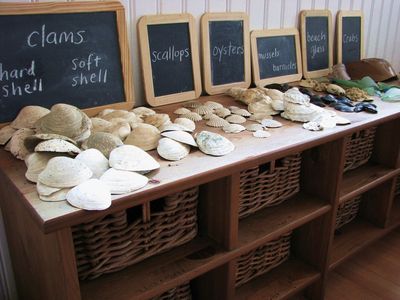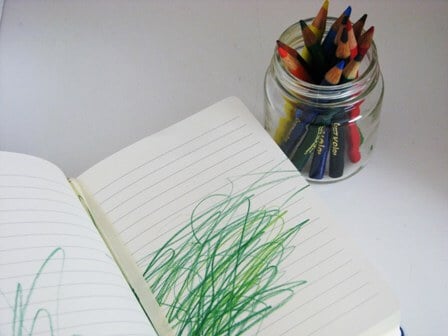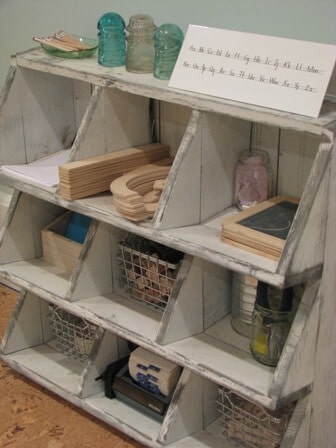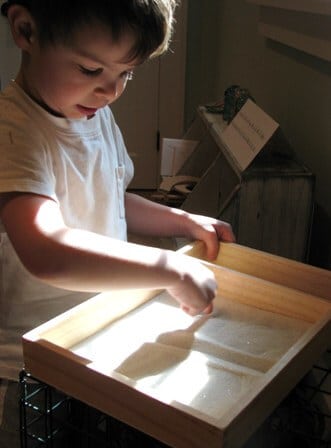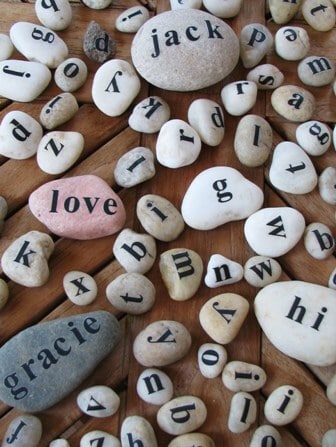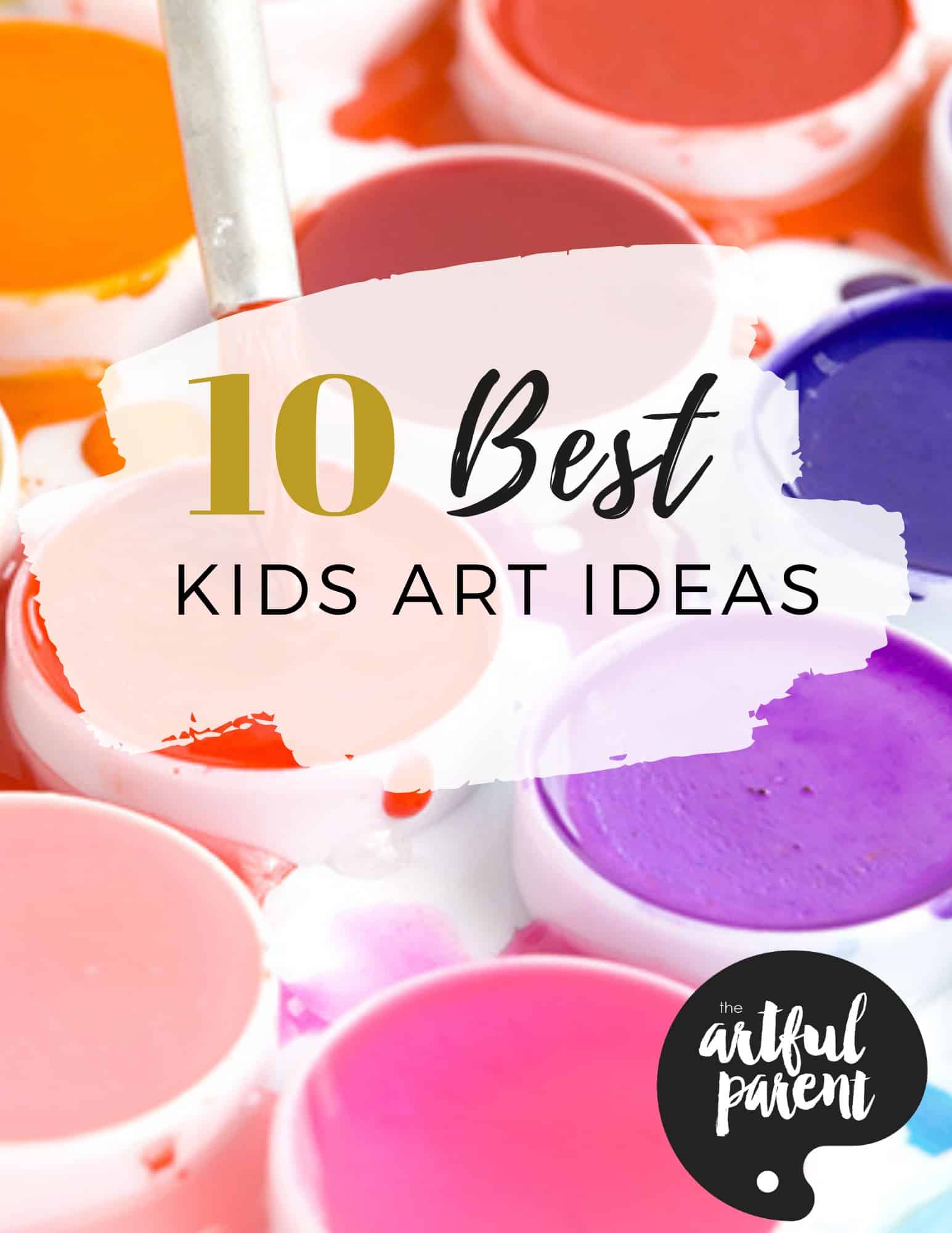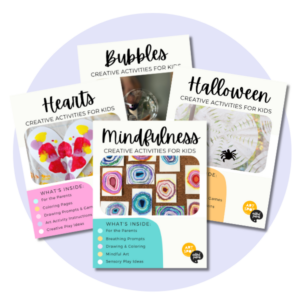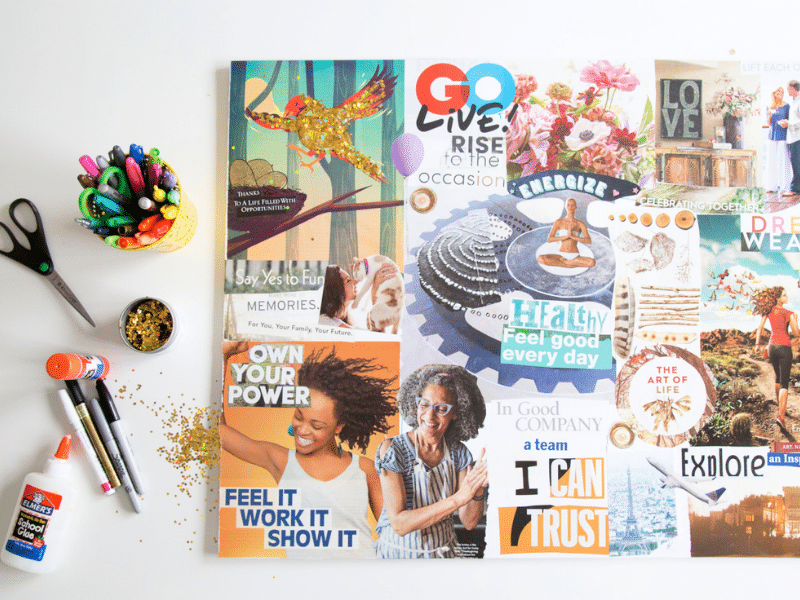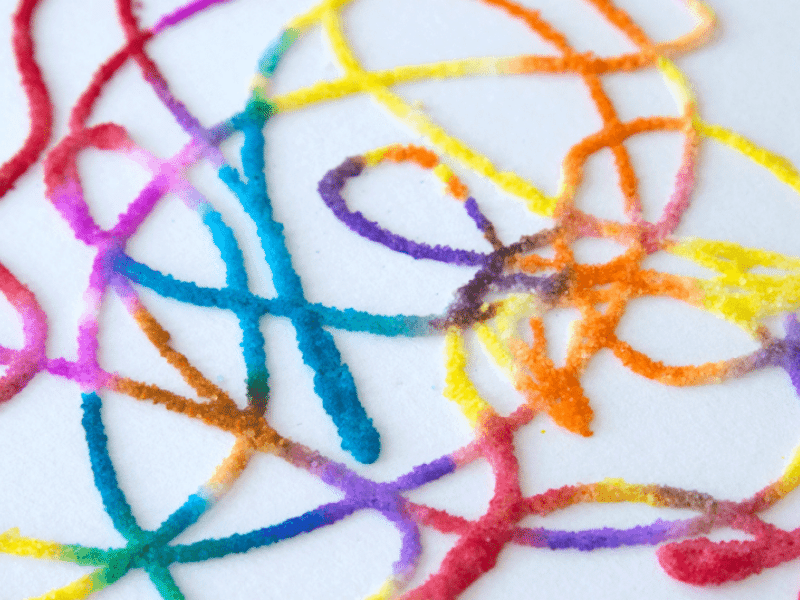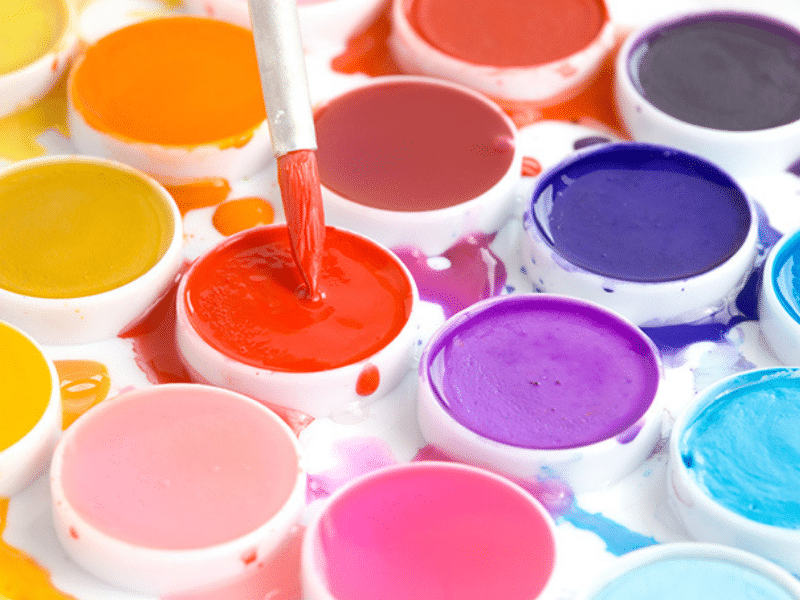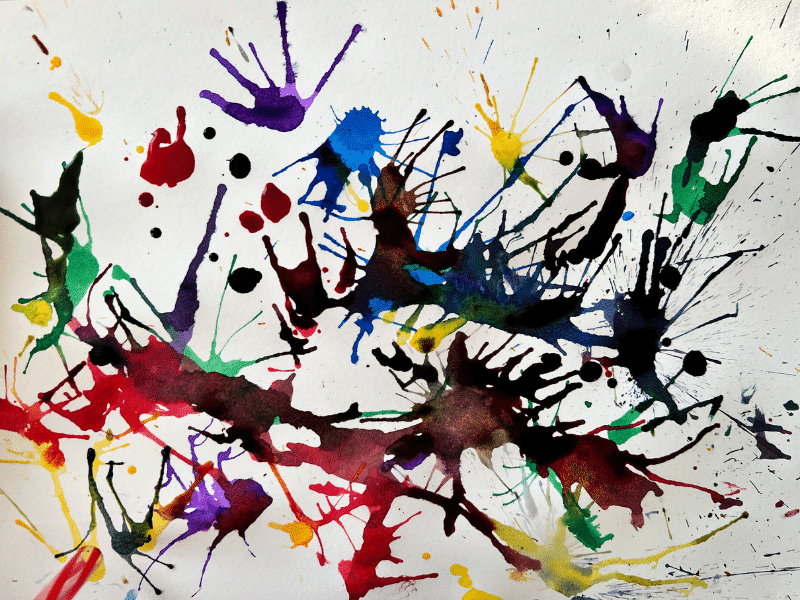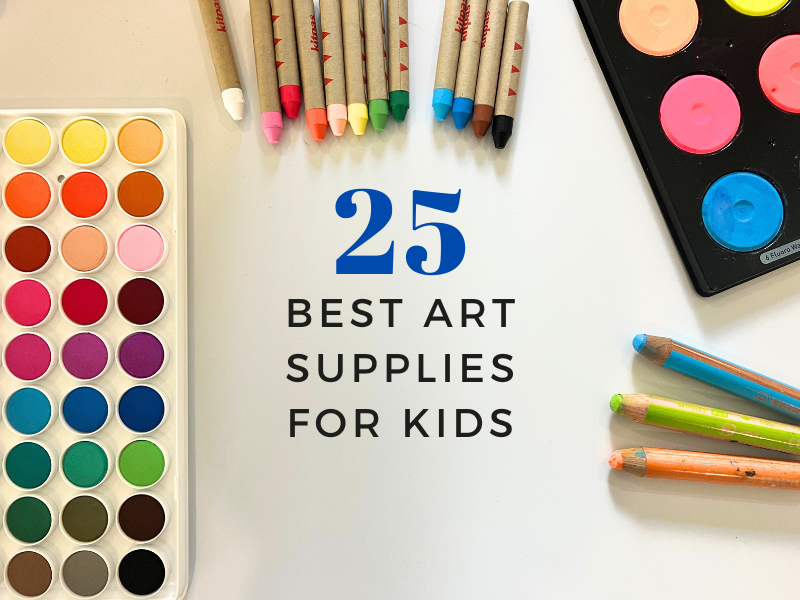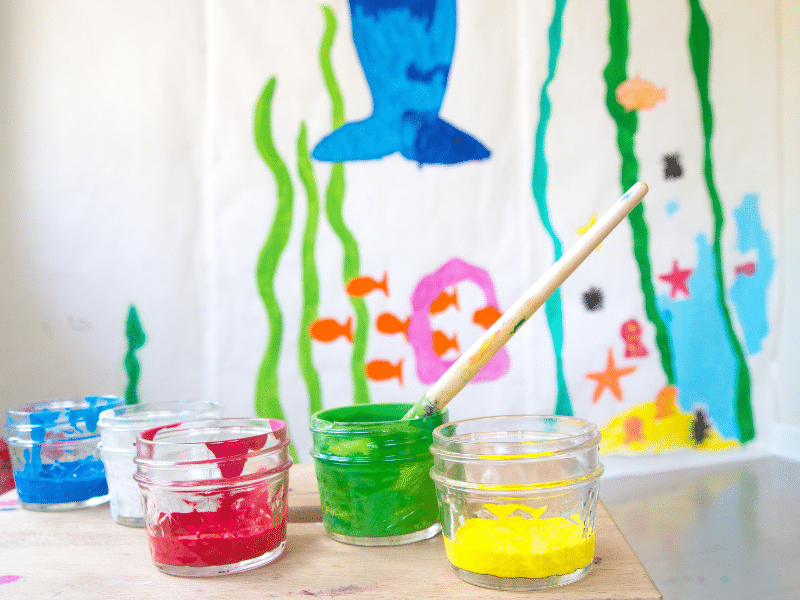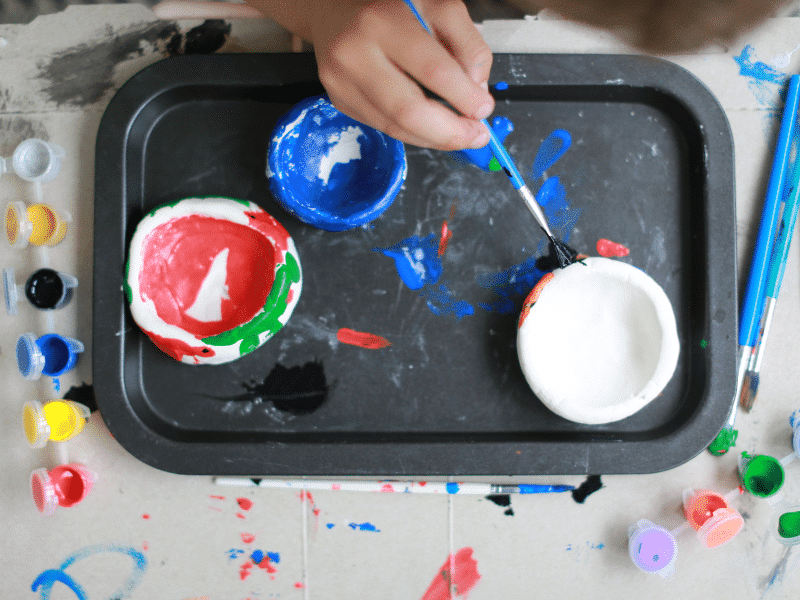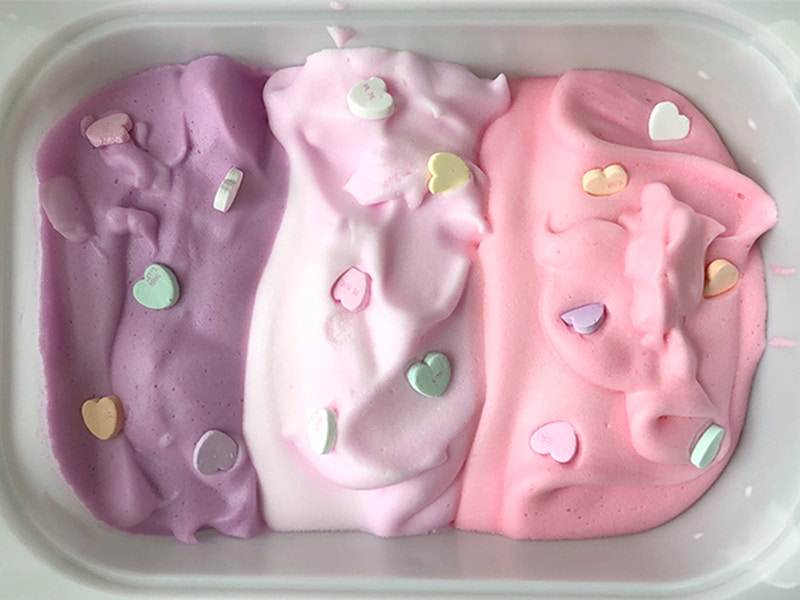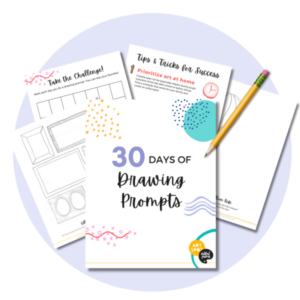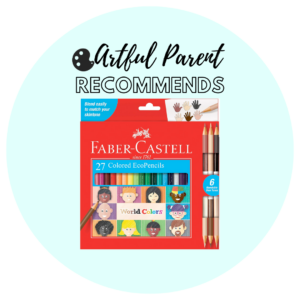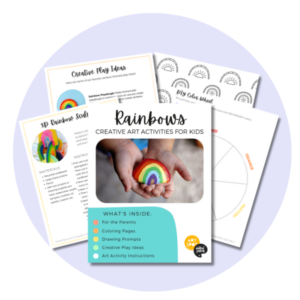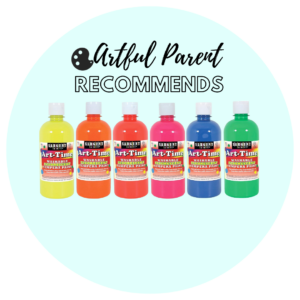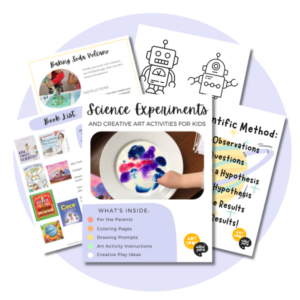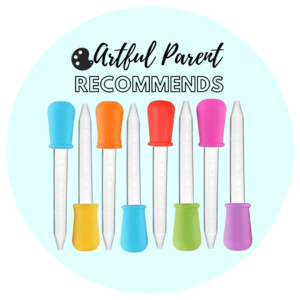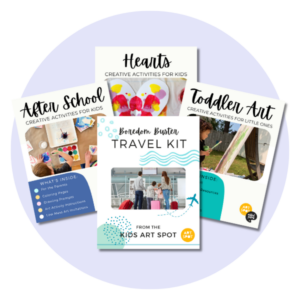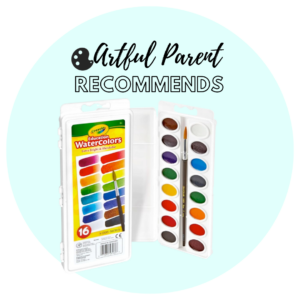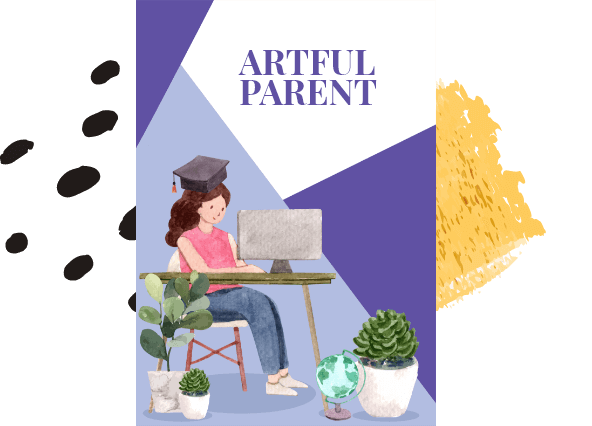You probably know Jennifer Hallissy as the mother of two who blogs at The Write Start. She is now also the author of a great new book, The Write Start: A Guide to Nurturing Writing at Every Stage, from Scribbling to Forming Letters and Writing Stories! Join me in learning more about Jennifer and her ideas for sharing a love of writing with our children.
***Note: Readers will have a chance to win one of two copies of Jennifer’s new book at the end of this interview.***
JEAN: Jennifer, I loved reading your book! You have so many ideas for encouraging our children to enjoy (and be proficient at) writing. What a wonderful resource! Okay, first question – Why do you feel it so important to raise our children to be writers?
JENNIFER: Thank you so much, Jean. And you know I'm such a fan of your blog!
I think writing is essential in the lives of young children for so many reasons. Writing goes hand and hand with learning. The best way for children to process and own information that they’ve learned is to write it down. Writing is a wonderful tool for self-expression, too. It is an amazing way to document thoughts, feelings, and ideas to share with others, or to get to know yourself better. Writing is also a great way to make connections between people – to say “thank you,” “I’m sorry,” “I love you,” and “I miss you” in a meaningful way. Writing is also what I call a “cool tool for school.” When writing comes naturally for children, they tend to enjoy it more, and likewise find their schoolwork and homework to be more of a pleasure than a burden.
Writing also helps children, and all of us, think. We use writing to help us remember, organize, plan, or figure something out. When children get into the habit of thinking on paper, they will always have a smart strategy for thinking something through — right at their fingertips.
JEAN: If you could tell parents to do one thing to encourage their children as writers, what would it be?
JENNIFER: I think parents can make a huge impact in the lives of their little writers simply by being good writing role models. We can do this just by calling attention to some of our own daily writing habits. Make a point to say, “Wow that’s cool – I have to write that down!” Your jotting a note makes an impression on children. It’s a great example of what I call the writing reflex: Think it. Write it. Remember it.
So tell your kids when you’re making a list (“If you want anything from the grocery store, let me know… I’m making the shopping list!); recording something on the schedule (“Soccer practice is at 4:30? Let me write that on the calendar!”); or writing a note to someone (“What a thoughtful gift! I have to write her a note to say ‘Thanks!’”) Letting your kids know when and how you write is a little gesture that can really encourage them to write themselves, for all sorts of practical and productive reasons.
JEAN: Can you tell us a bit about your background as an occupational therapist and how you came to value and promote children’s writing?
JENNIFER: As an occupational therapist, it’s my job to help kids master the skills they need to be successful at all of their daily tasks. Children are referred to occupational therapy for a variety of different reasons; however, one thing that I found that almost all the children that I worked with had in common: they were reluctant writers. Unfortunately, they struggled in school because they resisted anything having to do with writing. The good news is that when I helped my reluctant writers backtrack and work on some foundational skills, the skills that support writing (like how to hold a pencil, how to maintain a strong posture, how to use one hand as a stabilizer while the other hand works) their writing skills and their interest in writing took off! This made me very excited to spread the word about supporting children’s writing early on, before the struggle could set in, giving parents some simple know-how so they could set their kids up for writing success right from the start.
JEAN: The Write Start contains 52 “playful” writing activities – will you share one or two of your favorites?
JENNIFER: One of my all-time favorite activities for all ages and stages is playing “Letter Store.” We set up a storefront, using a puppet theater or cardboard boxes, and stock the store with alphabet blocks, wood letter pieces, alphabet puzzle pieces, or alphabet magnets. We also accessorize our store with a couple of empty shopping bags, a toy cash register, play money, and maybe a little bell to summon the shopkeeper. I play the customer first, and, depending on the child’s stage of development, I might ask to buy a certain letter of the alphabet, or, for older kids, the letters to make a word, or even a simple sentence. We play out the whole transaction, exchanging money, packaging it up, checking the purchase, returning any unneeded items… it’s learning disguised as fun, and I’ve never met a kid who didn’t love this game!
Another activity I absolutely love is starting kids early with a little journaling ritual. I introduced my kids to a small scribble journal as pre-writers. Now my son draws a picture in a big sketchbook every day, labeling it with a word or two. With journaling, it’s great to start super-simple, wherever your child is at, and make it a regular ritual. This way, kids get used to tucking their ideas in between the covers of a book, a habit that can be a constant companion to them throughout their whole lives.
JEAN: What are your preferred writing tools for little kids?
JENNIFER: Some of my favorite writing tools, in no particular order:
Easels: Easels are great for kids to use for writing and artwork. Working at a vertical surface strengthens the shoulder muscles that promote stability when children write, and promote the wrist position that supports a mature writing grasp. We have a very inexpensive IKEA easel at home that has survived use by dozens of kids at my old office as well as my two prolific painters at home, and we drag it out to the backyard every chance we get.
Play Dough: Manipulating play dough is a fun way to strengthen the muscles involved in writing. We make our own, and you can find play dough recipes everywhere (I loved your holiday one, Jean!). You can even turn play dough into a writing activity by shaping letters out of play dough “snakes” or using alphabet cookie cutters.
Scissors: Cutting with scissors helps develop the small muscles that are so important for establishing an efficient writing grasp. My favorite scissors for beginning snippers is the Total Control scissors by Fiskars, which helps little kids master the most effective scissor grasp.
Chalk and Chalkboards: I’m crazy about chalkboards, and we have them all over, in all sizes. And when I can’t find exactly the chalkboard I want, I make it using chalkboard paint (like your great chalkboard wall, Jean.). The craft store is a great place to find inexpensive little chalkboards. We use them every day, for leaving notes, making signs, labeling things… you name it!
Sand: There is no better way to practice letter formation than writing letters in sand! Sand stimulates all the tactile receptors in the fingers, sending tons of information to the brain, saying, “This is how you make an ‘A!’”
Broken Crayons: Don’t toss all of those broken crayons you have lying around! For kids who are working on mastering a mature grasp of a pencil, tiny tools, such as broken crayons, help them get comfortable with using a tripod grasp.
JEAN: You go into detail about the importance of scribbling and drawing to future writing ability in your book – can you talk a bit about the role scribbling plays and why we shouldn’t undervalue it?
JENNIFER: I’m such a champion of scribbling! Scribbling is to writing as babbling is to talking, and crawling is to walking. Scribbles are basically children’s first steps on the road to writing. While scribbling, children are building all of their important writing muscles. And they are exercising their self-expression at the same time! There’s a lot going on when kids scribble, developmentally speaking, so it is important not to rush them through this stage and to resist that urge to encourage representational drawing and symbol-writing before they are ready.
I’m also a big fan of drawing for similar reasons. Those small little writing muscles get a big workout while children are drawing. And the creative muscles get a workout too! Drawings are children’s first stories. Early drawings tell a tale that children will soon elaborate on with words. Children who love to draw will start by signing their pictures with their name, labeling their drawings with words, and, later on, by adding a narrative to their pictures, just like they see in picture books. As their skills develop, they will continue to use drawings to illustrate their stories and to help them visualize what they intend to write about. Even older children can use drawing to stir up their creative juices before writing – drawing is a great way of brainstorming an idea or mapping out a story. It can help you “see” what you want to write in your “mind’s eye.”
And to think, it all starts with those little scribbles… I love those messy masterpieces!
JEAN: Thank you, Jennifer! What a wonderful reference you’ve written for parents and teachers! I can’t wait to try some of your activities with my own kids. And to use your ideas to update Maia’s writing desk as well!
—
Giveaway:
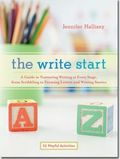
The random number generator chose numbers 89 and 222:
#89 Erin
What a great interview with wonderful ideas! I'll be checking out her blog as well. Thank you for the chance to win! – ej
#222 LJ
Where can I get good, tablet-sized chalkboards? All the ones I'm finding online (amazon, Discount School Supply) have terrible reviews. Apparently the surface is not really slate or good for chalk– more of a plastic-y material that chalk doesn't adhere to. Any specific store suggestions? Thanks so much! The book looks amazing!
Related Posts
- The Beginning of The Artful Parent
Hello no one and everyone. My name is Jean Van't Hul and I am mom…
- The Artful Parent Best of 2011
As we near the end of the year, I thought I'd do the obligatory blog…
- The Beginning of The Artful Parent
Hello no one and everyone. My name is Jean Van't Hul and I am mom…




